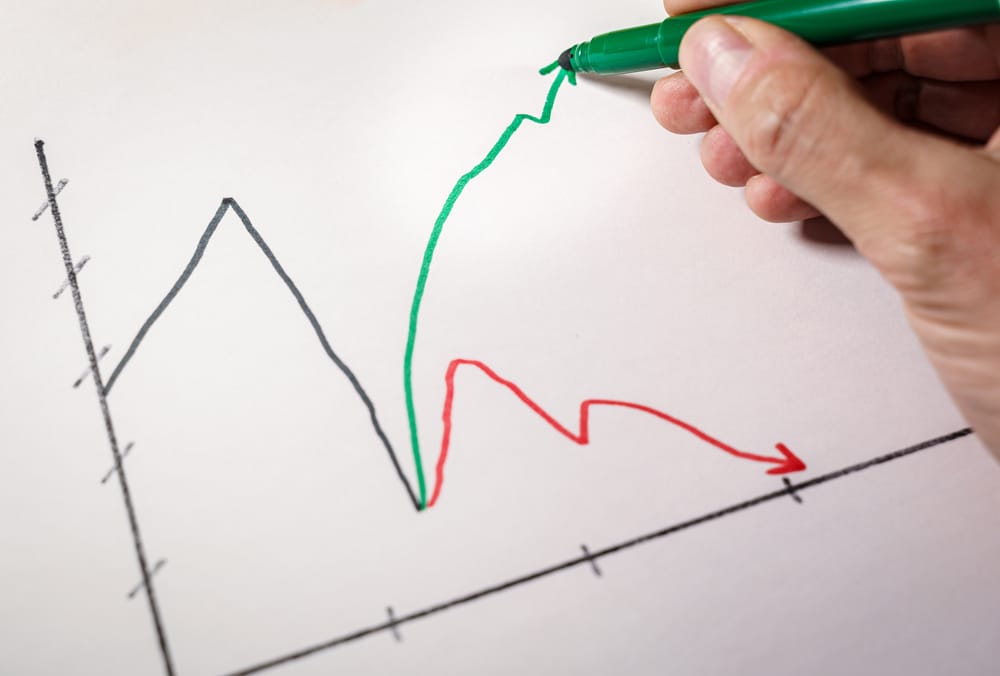
BRICS Digital Currency Is No Joke — The Dollar’s Global Grip Is Slipping Fast
BRICS Pushes Harder Toward a Post-Dollar World
BRICS nations aren’t just talking about reducing dollar dependency anymore — they’re building the replacement. A BRICS digital currency, designed to sidestep the Western financial system, is now on track for a 2026 launch. And make no mistake — this is not a sideshow. It’s a coordinated, multi-nation response to U.S. economic weaponization, and it’s beginning to reshape the very structure of global finance.
Local-currency trade deals are already underway. Russia and China are settling in rubles and yuan. India is striking energy deals in rupees. Every one of these transactions is a quiet rejection of the dollar’s authority. And the momentum is accelerating — because the system that supported dollar supremacy for 80 years is finally starting to crack.
Safe Havens Surge as the Dollar Wobbles
This shift isn’t just theoretical. It’s showing up in the charts. Gold is hovering near record highs, not because of temporary demand spikes, but because emerging markets are stockpiling it as a hedge against a fading greenback. Nations like Turkey, Russia, and China are loading up — they’re not waiting for permission, they’re acting.
And it's not just metal. Bitcoin is increasingly viewed as a digital escape hatch. With the BRICS digital currency acting as a catalyst, private investors and institutions are turning to crypto as insurance against fiat erosion. The message is clear: confidence in dollar-denominated assets is slipping.
As Richmond Lee, CFA, of PU Prime puts it:
“Currency risk is now central to the debt conversation. As the dollar weakens, the incentive for reserve holders to diversify into gold or alternative currencies strengthens, creating a feedback loop that may erode confidence in U.S. monetary assets.”
2026: The Year the Dollar Gets Challenged
Let’s be honest — the turning point wasn’t organic. It was forced. When the U.S. froze Russia’s central bank reserves in 2022, it sent a clear message to the world: hold your reserves in dollars, and Washington holds your leash. That was a wake-up call, and BRICS heard it loud and clear.
Since then, they’ve accelerated digital payment infrastructure and deepened cross-border trade links in local currencies. The 2026 BRICS digital currency launch isn’t just symbolic. It’s the foundation of a parallel financial system, and it’s gaining real traction.
Meanwhile, the U.S. dollar still holds 60% of FX reserves and facilitates about 80% of international transactions — but both numbers are quietly declining. Structural pressure is mounting, and policy risk is making things worse.
Trump, Tariffs, and the Accelerating Dollar Exodus
Richmond Lee warns that political risk is amplifying monetary risk:
“Compounding these risks is the return of Donald Trump to the presidency. He has previously warned of punitive tariffs against countries pushing de-dollarization.”
That’s not a bluff. And global markets know it. Instead of bowing to Washington, BRICS countries are preparing for retaliation — by doubling down on alternatives. This is how global shifts happen: not with fanfare, but with quiet, relentless engineering.
Gold, Bitcoin, and the End of Dollar Complacency
There’s no need to wait for a press release to know what’s coming. As the BRICS currency timeline progresses, the smart money is rotating into hard assets. Gold, silver, and Bitcoin are becoming the financial fallout shelters for this transition.
Lee makes it plain:
“We maintain a bearish bias on the US dollar, especially against safe haven assets like gold, given the rising systemic and geopolitical risks associated with accelerating dedollarization trends.”
This isn’t a panic move — it’s a strategic repositioning. Metals and crypto aren’t just hedges anymore; they’re the next battleground for global monetary dominance.
Act Before 2026 — Not After
By the time BRICS rolls out its digital currency, the smart investors will already be positioned. You have a window — but it’s closing.
To help you get ahead of the curve, I strongly urge you to download Bill Brocius’ free guide: “7 Steps to Protect Yourself from Bank Failure.” It’s the practical roadmap you need to stay insulated from collapsing monetary systems.
If you’re serious about preparing for the coming monetary divide, pick up a copy of “End of Banking As You Know It” by Bill Brocius. Or better yet — join his Inner Circle newsletter for $19.95 and gain access to premium insights on currency risk, asset protection, and economic survival.
You don’t beat the system by trusting it. You beat it by getting out before it collapses. The BRICS bloc is already moving. Are you?











